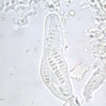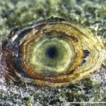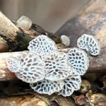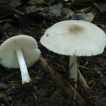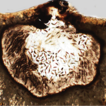In this issue
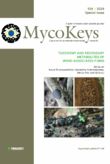
|
Papers published: 6 Total pages: 132 Printed version: Paperback Unique views: 1462 Total views: 1873 |
Printed: € 44,70
Order now
|
|
|
Download issue:
Issue cover:
|
|
Go to issue
| « Previous |
Issue 104
|
Next » |
Fungi are ubiquitous and play vital roles in different types of ecosystems worldwide. They act as decomposers, endophytes, mutualists, and pathogens, while other life modes, such as lichenicolous and fungicolous are understudied. Fungi produce different types of secondary metabolites as volatile compounds that could cause adverse impacts on their hosts but are essential for the survival of the fungus. Mycologists are interested in studying these fungi’s diversity, but the diversity is not adequately studied, and the magnitude of the species is still a mystery. Mycologists currently use DNA sequencing to identify and taxonomy of taxa. Furthermore, the classification and linking of different morphs solely rely on DNA sequence-based phylogenetic analyses. Nevertheless, fundamental works such as the taxonomy of the taxa are essential to identify the taxa and establish their generic and species boundaries since the modern species concept, i.e., integrated species concept, relies on polyphasic approaches.
Fungi inhabiting wood are mainly reported as saprobes and distributed in terrestrial and aquatic environments. These fungi are essential in mineral cycling and decomposing processes and thus play a key role in ecosystems. They produce many enzymes, such as cellulases, xylanases, and ligninases. These enzymes can also be used in different aspects, such as in bioremediation. Fungi, which cause diseases in timber plants, are responsible for the loss of timber quality. White rot fungi are a crucial group that causes losses in pre-harvested and post-harvested timber. However, it is presumed that many fungal species associated with wood substrates are yet to be discovered, especially in under-studied regions in the tropics.
This special issue will focus on the taxonomy, phylogeny, ecology, chemistry, and evolution of fungi inhabiting wood substrates.

